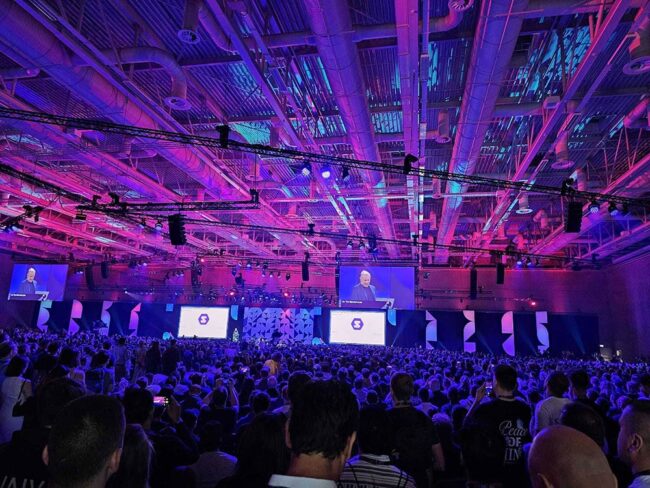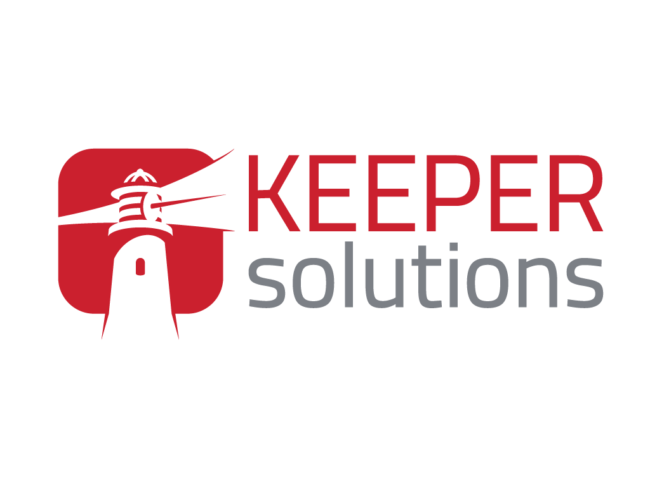Design Driven Development and Design Thinking
There is a quote from the 1989 movie ‘Field of Dreams’ that has been bandied around business circles for years. The film stars Kevin Costner as a farmer who builds a baseball field in his cornfield that attracts the ghosts of some baseball legends. His reason for building this baseball field was driven by repeatedly hearing a mysterious voice say “if you build it, he will come”. In the movie, Kevin Costner’s character has blind belief in this mantra and it eventually leads to something special.
This has become one of those quintessential movie quotes that everyone knows and it has since been applied to all corners of life. People start businesses with the unfounded expectation that “if they build it, customers will come”. Businesses launch new products that don’t necessarily solve a problem or fill a gap in the market. However, the company’s blind hope is that if the development team builds it, people will want to use it.
This logic works in sci-fi movies but, when applied to business, “if you build it, they will come” often ends in disaster.

Not Considering The Person Who Matters Most
In an interview published in Forbes Roger Grannis, an expert in product launches, was asked about the challenges that organizations face when bringing products to market.
His response was the following:
“The failure rate of new products is 58%, so there are a few challenges. The number one reason new products fail is there is actually no customer need. After the investment of time, resources, and mental energy, we find out during the launch there is no customer need? That’s inexcusable.”
Products fail because there isn’t enough emphasis being placed on the person who matters most – the end user.
The antithesis of all this comes with a philosophy that places the user at the center of all things. This is what design thinking and design driven development is all about.

What is Design Driven Development?
Design driven development is a way of solving problems and creating new products through considering the user’s needs above all else. Whether you call it a process or an ideology, design-thinking is simply an approach to problem-solving that focuses on what the end-user wants. It’s not about appeasing a board of directors or creating a product for the sake of it.
Design driven development or design thinking is human-centered. This means that changes and improvements are made based on evidence of how people are engaging with a product. This is in contrast with making changes based on how someone thinks they might engage with a product. This design-thinking methodology can be used in various different fields including architecture, engineering and business.
At Keeper Solutions, we use a design driven development process. This means that when we’re working with a client and developing a piece a software we are always trying to:
-
-
-
-
-
-
-
-
-
- Think like a designer.
- Consider how the end-user engages with the product.
-
-
-
-
-
-
-
-
Traditional software development is often a linear process of identifying a problem, coming up with a solution and then building that product.
Design-led development is an iterative process. At each stage of the process, you need to take time to consider the needs of the end-user, how they interact with the product and then make adjustments based on your observations.

The 5-Step Approach to Design Driven Development
Design driven development is a non-linear process which contains five phases. These stages can be carried out repeatedly and in parallel with one another. It is not simply a case of completely one phase and moving on permanently. There is scope to circle back, learn from what you’ve done and make improvements. While design-thinking guides your overall approach, methodologies such as lean or agile development can dictate how phases of work are executed. In this way one could use an agile, design driven approach. This is much like what we use at Keeper.
Below we will look at the five stages in a bit more detail.
1. Empathize – The first phase of design driven development involves getting to know the user and their specific wants and needs. This phase requires you to see the world and your product through the eyes of your customer. During this phase, the designer sets aside what they think they know and learns more about the end-user through research and discovery.
2. Define – Once you’ve gotten to know the end-user, you can start to define what exactly the problem is and how you’re going to fix it. This phase requires you to analyze the findings you’ve gathered and to think deeply about what your end-user is struggling with. By the end of this phase, you should be able to come up with a clear problem statement. This statement sums up the user pain-point and what you want to solve with your design.
3. Ideate – During this phase your team brainstorms ideas on how to solve the problem you’ve identified. Here it pays to look at alternative ways of viewing the problem and thinking outside the box. By the end of this phase you should have it narrowed down to a few possible options.
4. Prototype – This is where you start testing ideas by creating an actual working solution or MVP. This is very much an experimental phase. You are trying to find the best way of solving the problem you’ve identified.
5. Test – As soon as your customers have interacted with your prototyped solution, you can then observe how they engage with it. It is only then can you make changes based on evidence. This testing stage is where you collect feedback on your work.

Design Driven Development and Keeper Solutions
As Keeper Solutions, we incorporate design thinking at all stages of the development process. When working with our clients, we often undertake an initial scoping or discovery phase to test the viability of a product. Once successful, we then work with you to scale up resources and pursue a project long-term. You can learn about our full end-to-end service offering on our services page.
No matter what stage our client comes to us, the goal is always the same – to fully understand the customer, to build solutions with the end-user in mind and to never forget to think like a designer.



